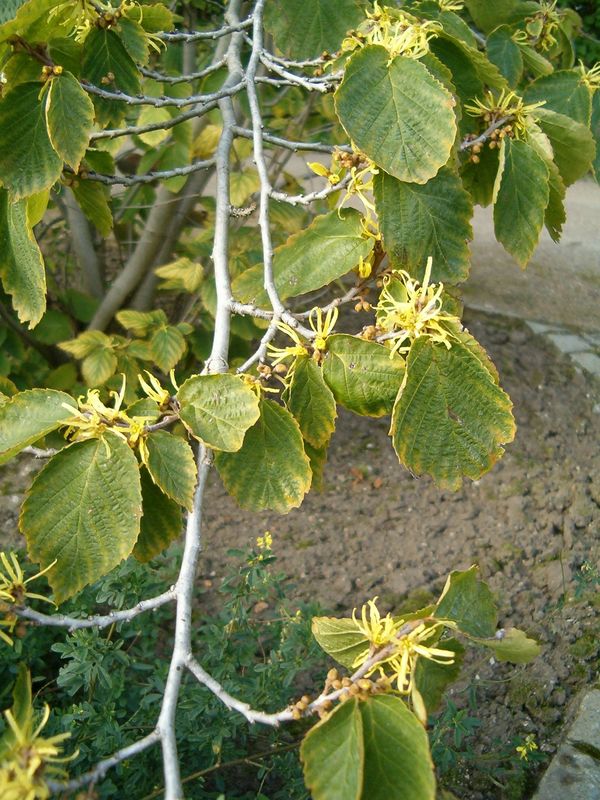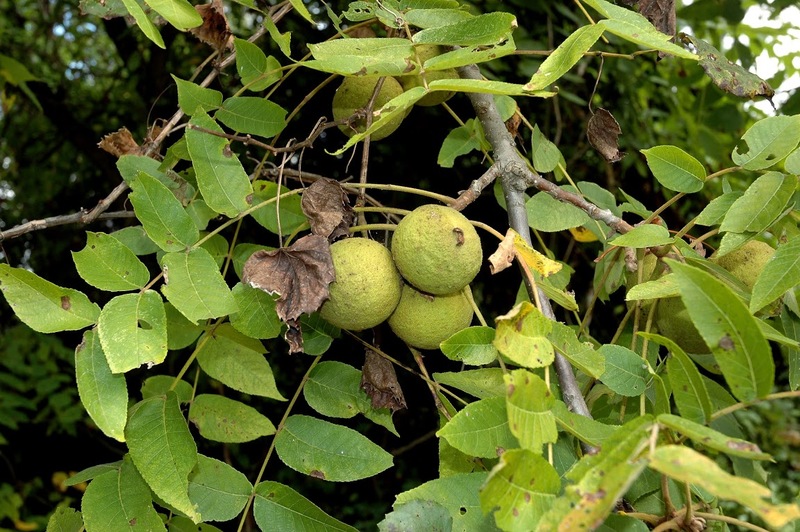Description
Lemon Sumach, also known as Rhus aromatica, is a shrub native to eastern and central North America. It typically grows to a height of 3-6 feet and has a spreading habit, with clusters of yellow flowers appearing in the spring and early summer. The leaves are compound, with individual leaflets that are oval-shaped and have a lemon-like scent when crushed. The plant’s bark is smooth and gray, and its fruit is a small, dark red berry.
Lemon Sumach prefers well-drained soils and full sun to partial shade, and it is winter hardy in its native range. To cultivate it successfully, a grower may need to prune it regularly to maintain its desired shape and size.
The leaves and berries of Lemon Sumach are edible, with the leaves having a citrus-like flavor and the berries being sweet and tart. The leaves can be used fresh in salads or cooked, while the berries can be eaten raw or made into jams and jellies. The plant’s berries are also high in vitamin C, making them useful for preventing or treating scurvy.
In addition to its edible uses, Lemon Sumach has several other practical uses. Its leaves and twigs can be used to make a natural insect repellent, and the plant can also be used as a natural dye. It is also valued by wildlife, providing food and shelter for birds and other animals.


